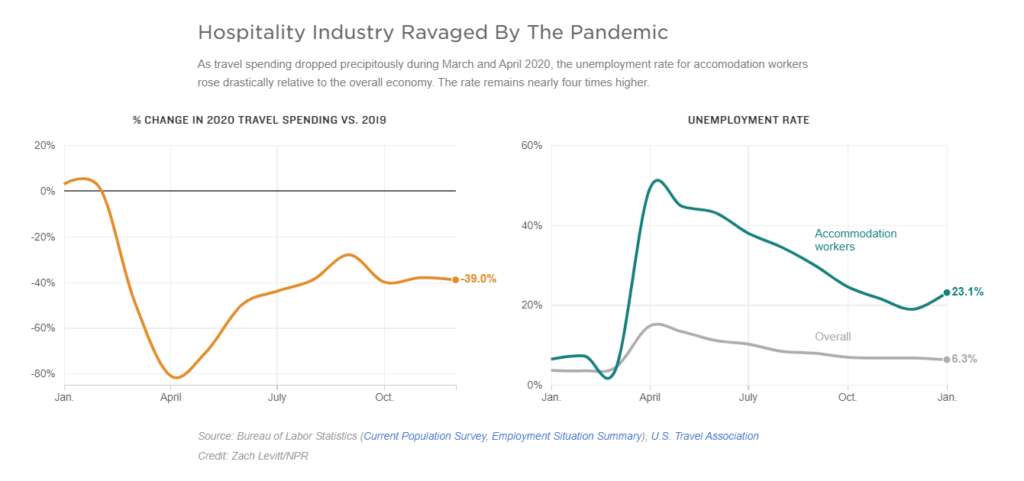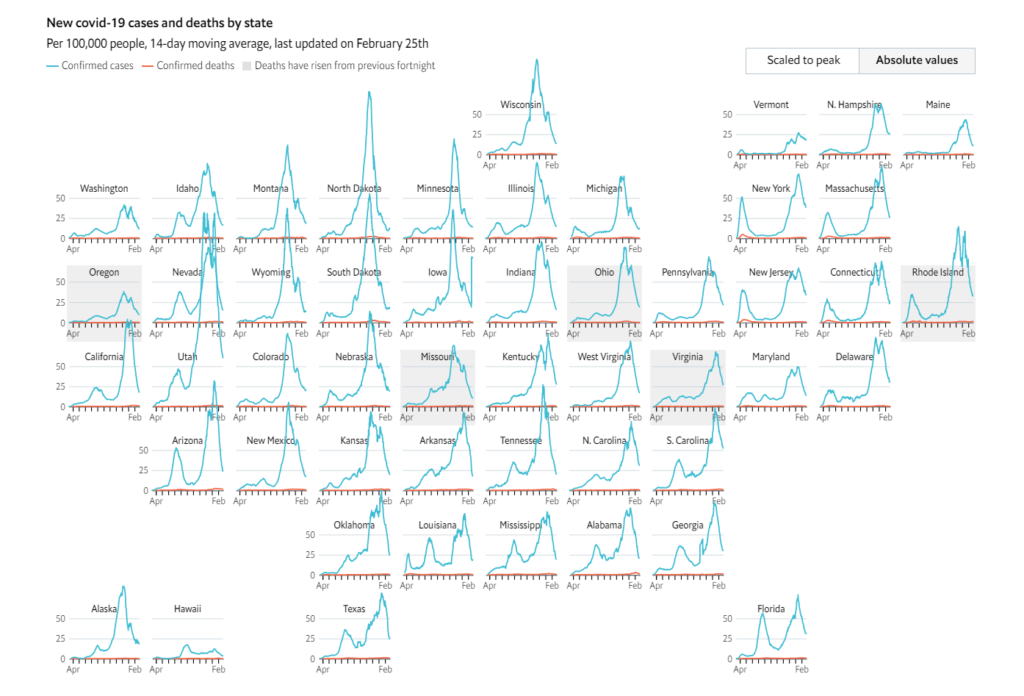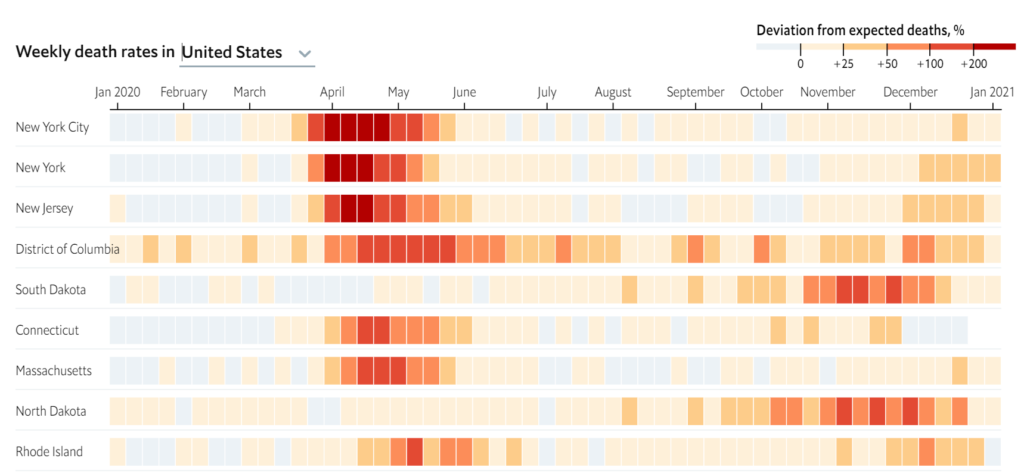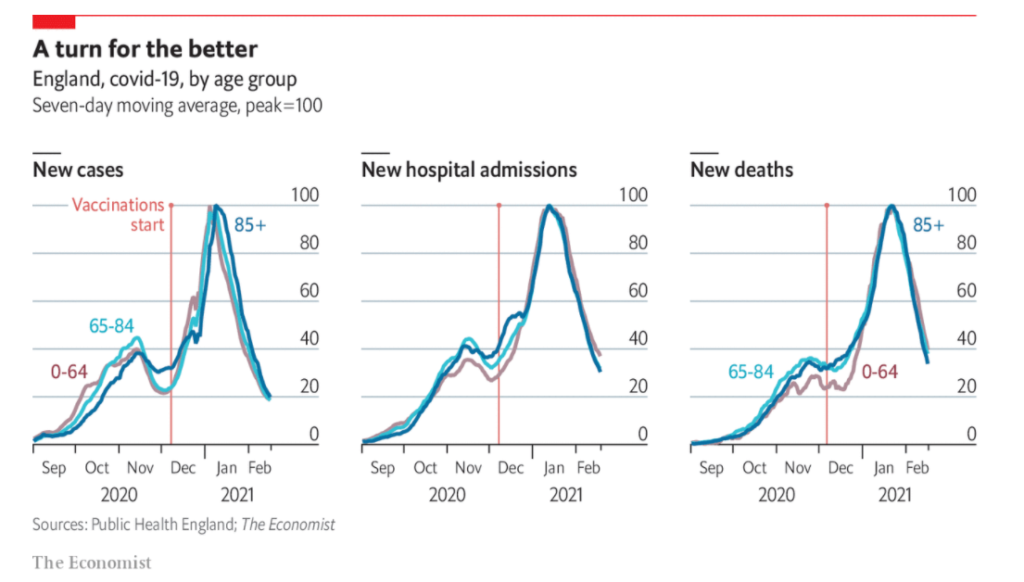Link: https://www.today.com/health/flu-season-2020-2021-flu-activity-historic-lows-mask-wearing-t207131
Excerpt:
Some 136 people were hospitalized for the flu between Oct. 1, 2020, and Jan. 16, 2021, and there were 292 deaths involving influenza during that period, the CDC reported. One child has died.
The flu season is far from over — it usually begins in the fall, and peaks between December and February.
But in comparison, 400,000 people were hospitalized for the flu and 22,000 died, including 434 children, during the entire 2019–2020 season, which the CDC described as “severe” for kids 4 years old and younger, and for adults 18-49 years old.
Author(s): A. Pawlowski
Publication Date: 27 January 2021
Publication Site: Today





